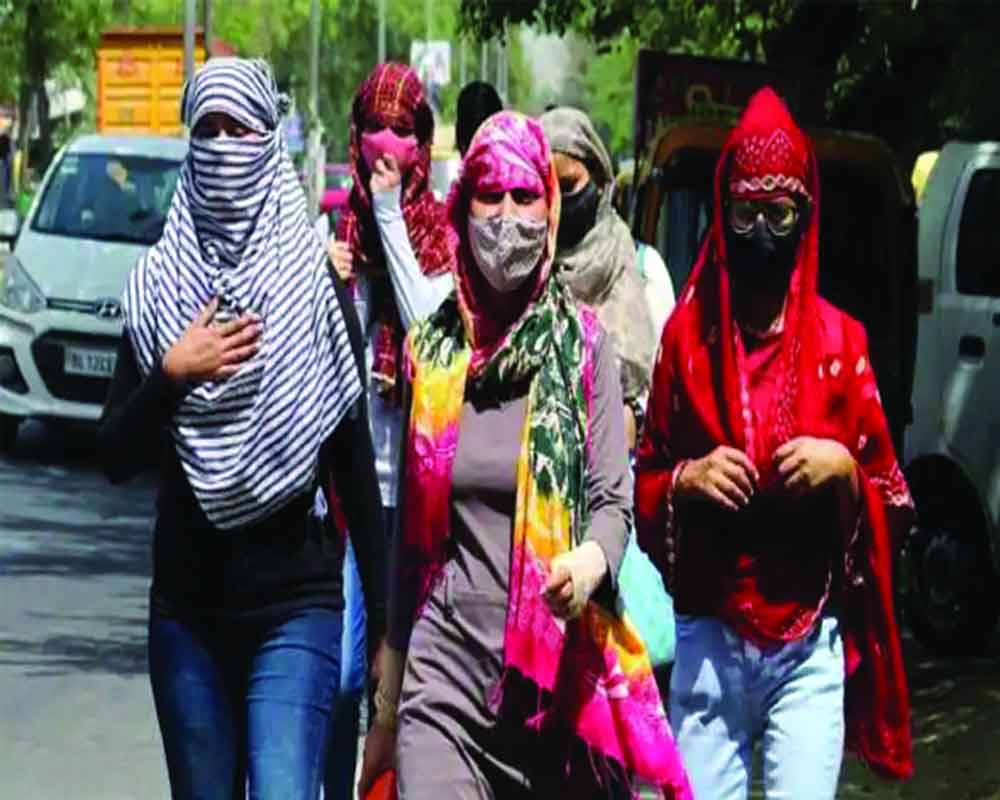The unusual and unseasonal prolonged spells of high temperatures are here to stay, reveal studies
If alarm bells on deteriorating weather conditions in India are not ringing just about yet, it’s better to double-check the power supply. In a bad omen for our planet, it has been found that climate change made the extreme temperatures that baked northwest India and Pakistan in April and May over 100 times more likely and also increased the chances that such heat waves will occur more frequently by the end of the century. To put it in simpler terms, without accounting for climate change, a heat wave exceeding 2010’s average temperature could happen once in every 312 years, according to an attribution study published recently. Taking climate change into account, however, the probabilities increased to once in every 3.1 years in the current climate, and to once in every 1.15 years by the end of the century. Climate change is already making extreme weather events such as heatwaves more intense and more frequent, and will continue to do so in future. India and Pakistan’s heatwave is also extraordinary in its duration — extremely high temperatures started as early as in March.
In another surprising revelation, a study has found that, contrary to popular perception, biomass emissions (stubble burning and increased heating requirements) rather than bursting of fireworks drive the poor air quality in the Capital during the days immediately succeeding Diwali. The study, conducted by IIT-D researchers before, during and after Diwali, threw light on the pollution sources impacting the ambient air quality in the Capital. The team discovered that biomass burning-related emissions rose steeply in the days following Diwali, with the average levels rising almost twice as compared to the pre-Diwali concentration. Also, the organic PM2.5 indicated a significant rise in both primary and secondary organic pollutants in the days following Diwali. Shockingly, the study discovered that the metal content in PM2.5 levels rose by 1,100 per cent … and the fireworks alone accounted for 95 per cent of the metal PM2.5 during the Festival of Lights. However, the impact of the fireworks was noticed to plummet within around 12 hours after the day of the festival. What makes these studies important is the result which provides crucial insights into a topic of longstanding debate and concerns between air quality experts and the policymakers. Hopefully, this newfound knowledge will help alleviate the problems emanating from the extreme air pollution events in the Delhi-NCR areas.


























